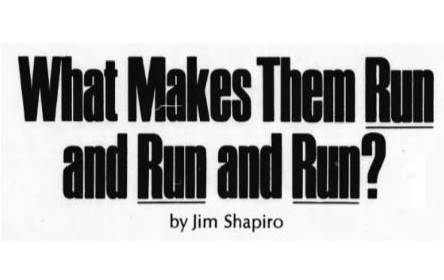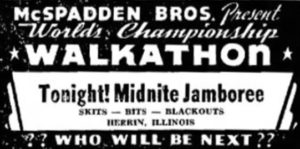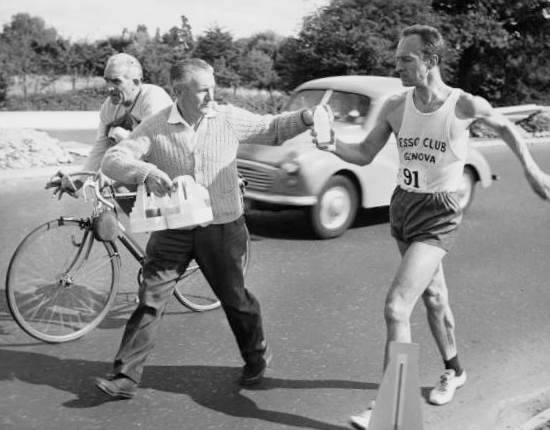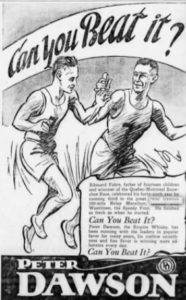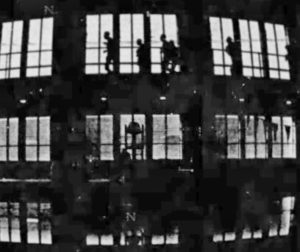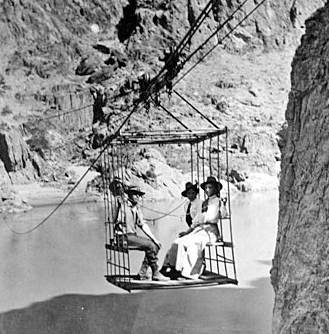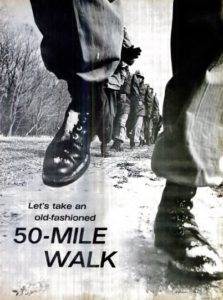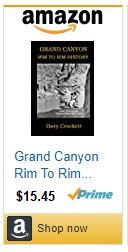Podcast: Play in new window | Download (Duration: 21:34 — 23.3MB)
Subscribe: Apple Podcasts | Google Podcasts | Spotify | Amazon Music | Android | Pandora | iHeartRadio | JioSaavn | Podcast Index | Email | TuneIn | RSS | More
By Davy Crockett
![]()
![]()
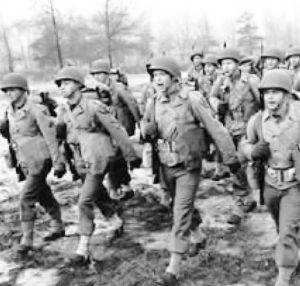

A “forced march” is a relatively fast march over a distance carrying a load. It was a common military exercise during the war. These marches were fast hikes with full military gear. Their history can be traced back to Roman legions who were required to march 18.4 miles carrying 45 pounds in 12 hours.
Incredible marches occurred in times of war covering ultradistances. Most have been forgotten. There were very many that can be found for those who want to search the pages of history. A few noteworthy marches from 1941-45 are covered in this article to illustrate the toughness and determination of servicemen who put their lives on hold to defend freedom.

